Arran: a perfect escape and a geologist's dream
Week 24's colours are Sandstone, Graphite, Granite and Red Oxide
Hello read on for a notification about a live Pebble Petal painting session this afternoon at 5PM London time. We’ve just returned from a road trip somewhere that is captivating on many levels.
Arran is a favourite destination that we love to visit, an island off the west coast of Scotland. Described as Scotland in miniature, from long stretches rocky coastlines and sandy beaches with incredible moulded pebbles and all kinds of rocks to dramatic cliffs and misty forests, evidence of ancient volcanic and desert landscapes are everywhere. We roamed the island and the remains of human settlements from millennia ago can be seen at the mystical standing stones of Machrie Moor.
There are footprints of prehistoric creatures and a lot of verdant green landscapes to wander along and fill your lungs with fresh air: so much to discover. To me this island is the perfect size to ramble, hike and roam about or just sit on a rock and stare over the water to Holy Isle, Ailsa Craig or the Mull of Kintyre.
We’ve visited many times and it always inspires me. This island is perfect for a peaceful getaway from our chaotic world.
The Geology
Located in the Firth of Clyde close to Glasgow, Arran is renowned as a geological microcosm that showcases Scotland's entire geological history.
The geology is divided by the Highland Boundary Fault which runs northeast to southwest across the northern part of the island. This separates two distinct terranes with very different rock types and ages.
North of the fault lies the older, more complex geology dominated by Dalradian metamorphic rocks. These rocks, which can be over 500 million years old, show evidence of intense folding, faulting, and metamorphism from multiple geological events.
One of of world’s most important geological sites is in Lochranza, visited by James Hutton in 1787. At that time it was thought that the Earth was around 6,000 years old but Hutton noted that the gently‐sloping sandstones lay directly on top of the steeply‐dipping schists and reasoned that such a structure must have taken millions of years to form. Hutton’s Unconformity introduced the concept of ‘deep time’ to the scientific community.
To the south of the fault, the geology is dominated by younger sedimentary rocks, primarily Old Red Sandstone and Carboniferous limestone and sandstone formations. These rocks are generally less deformed and provide evidence of ancient desert environments, shallow seas and river systems.
An information board says I’m standing in front of sixty feet of sedimentary deposits: the red from when the area was desert and the grey representing wetter periods. This valley was carved out during the thaw of the last ice age and represents 300 million years! It’s mind blowing.
Read more from the UNESCO-recognised Arran Geopark and from the Heritage Museum. You can also watch a video from the Geopark here.
“Stones of Arran”, photographs, Esté MacLeod, 2025
Colour Combination
The chosen colours this week are Sandstone, Graphite, Granite and Red Oxide. Use the colours along with a contrasting dark and neutral light colour if you wish.
Create an artwork in any medium or style or join me for a live Pebble Petal painting session at 5PM London time here on Substack. Here’s a link to a world clock. You can also see a recording of the demo afterwards.
I love seeing what you’ve create. If you’re posting on Instagram, please tag #coloricombo and #estemacleod and join us in the private Facebook group Creative Prompts.
Live Demo
For the Pebble Petal painting session I will be using the shapes of the various kinds of rocks we collected on Arran. You can print out the two images of pebbles, cut out the shapes and use them for the lesson. What you will need: a colour or graphite pencil or other drawing tool (I will be using NEOCOLOR II crayons), watercolour or gouache, a sketchbook suitable for water based media, some brushes and if you have also a roundish pebble.
You can also download the photos that I’ll be using as PDFs below.
Last Call for Early Bird offer
Floral Fusion is offered for the final time as a scheduled course from 30 June to 20 July. This three week long course was created in 2024 and is brim full of projects linked to flowers and botanical forms. Early Bird registration with a special 20% discount off the £287 listed price has been extended until midnight PST 16 June.
Find all the details about Floral Fusion below, and remember if you’re a Coloricombo contributing subscriber you get 25% off this and all my other online courses!


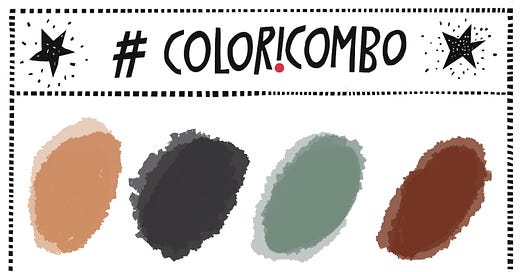

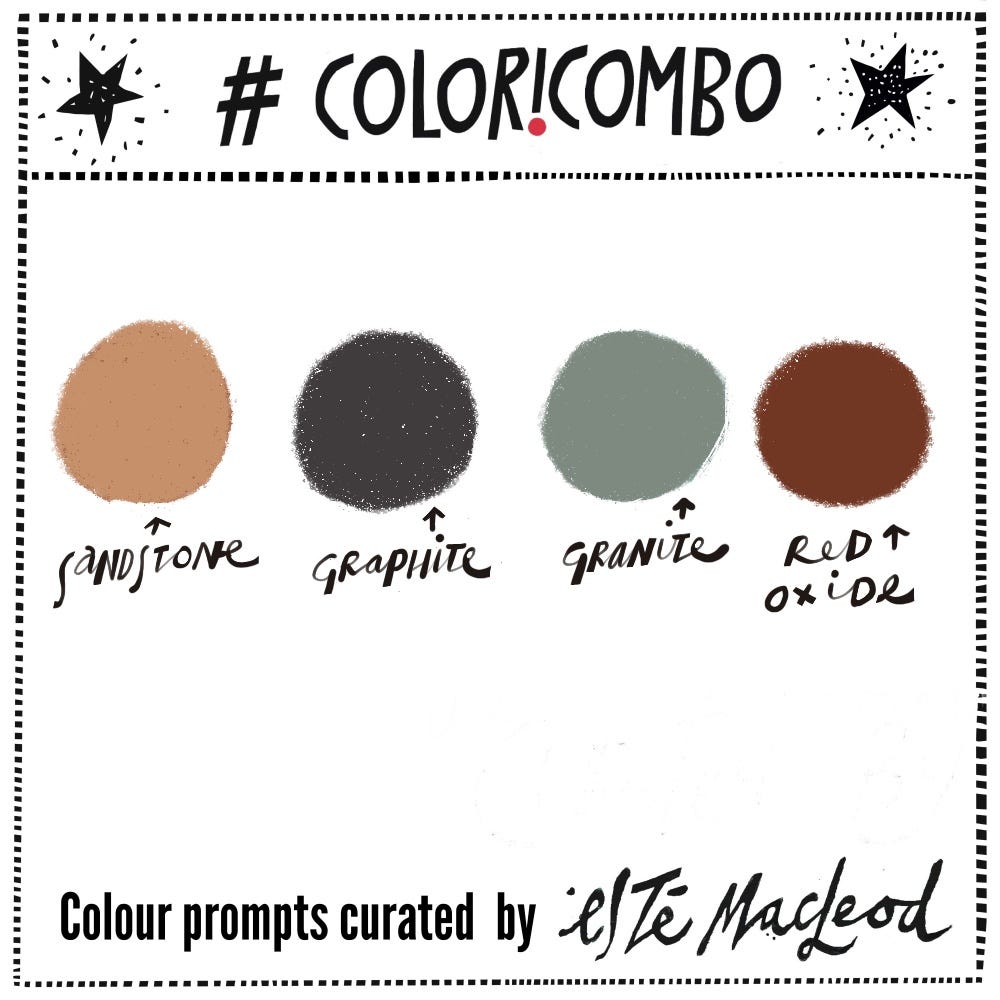
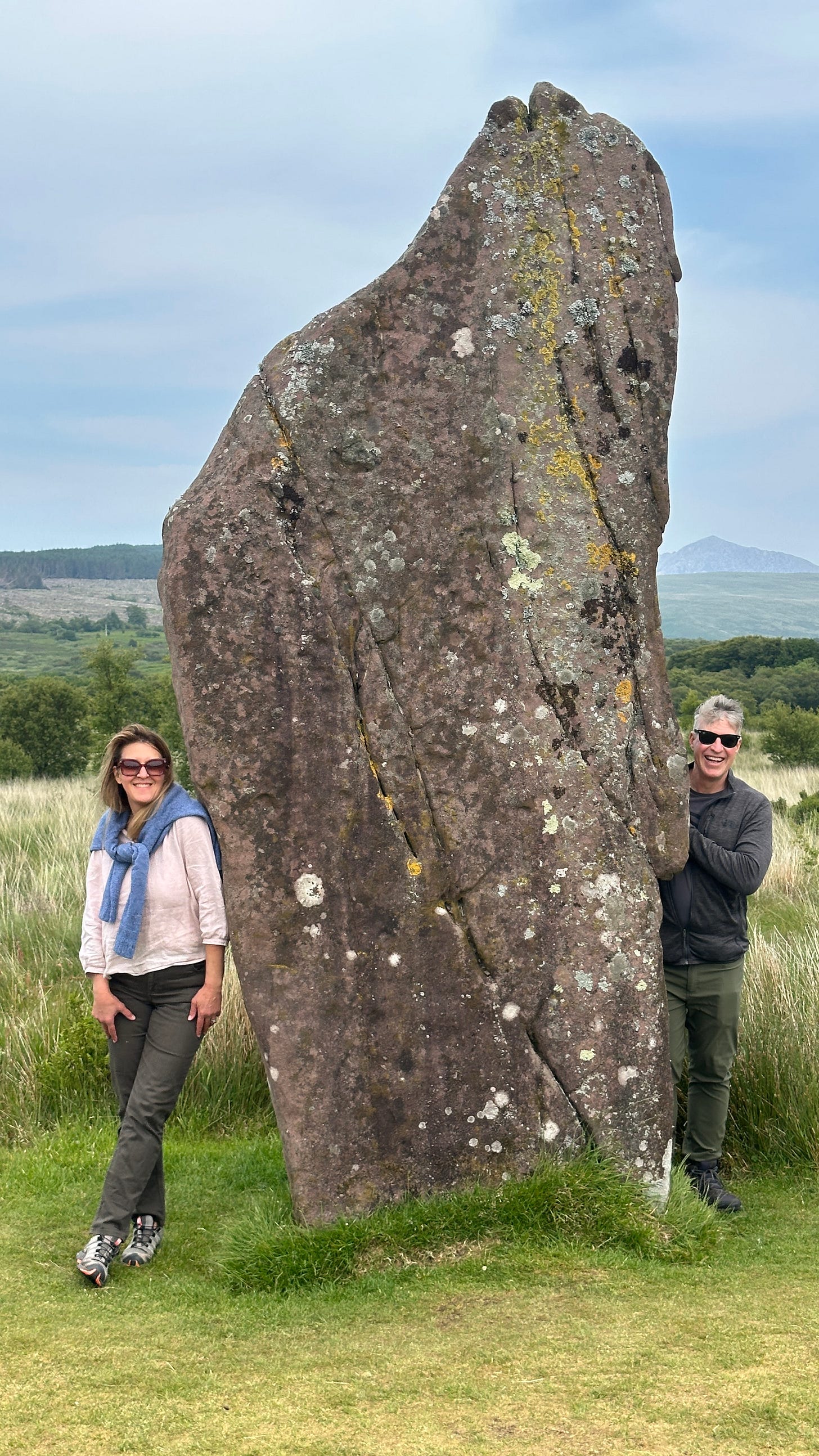

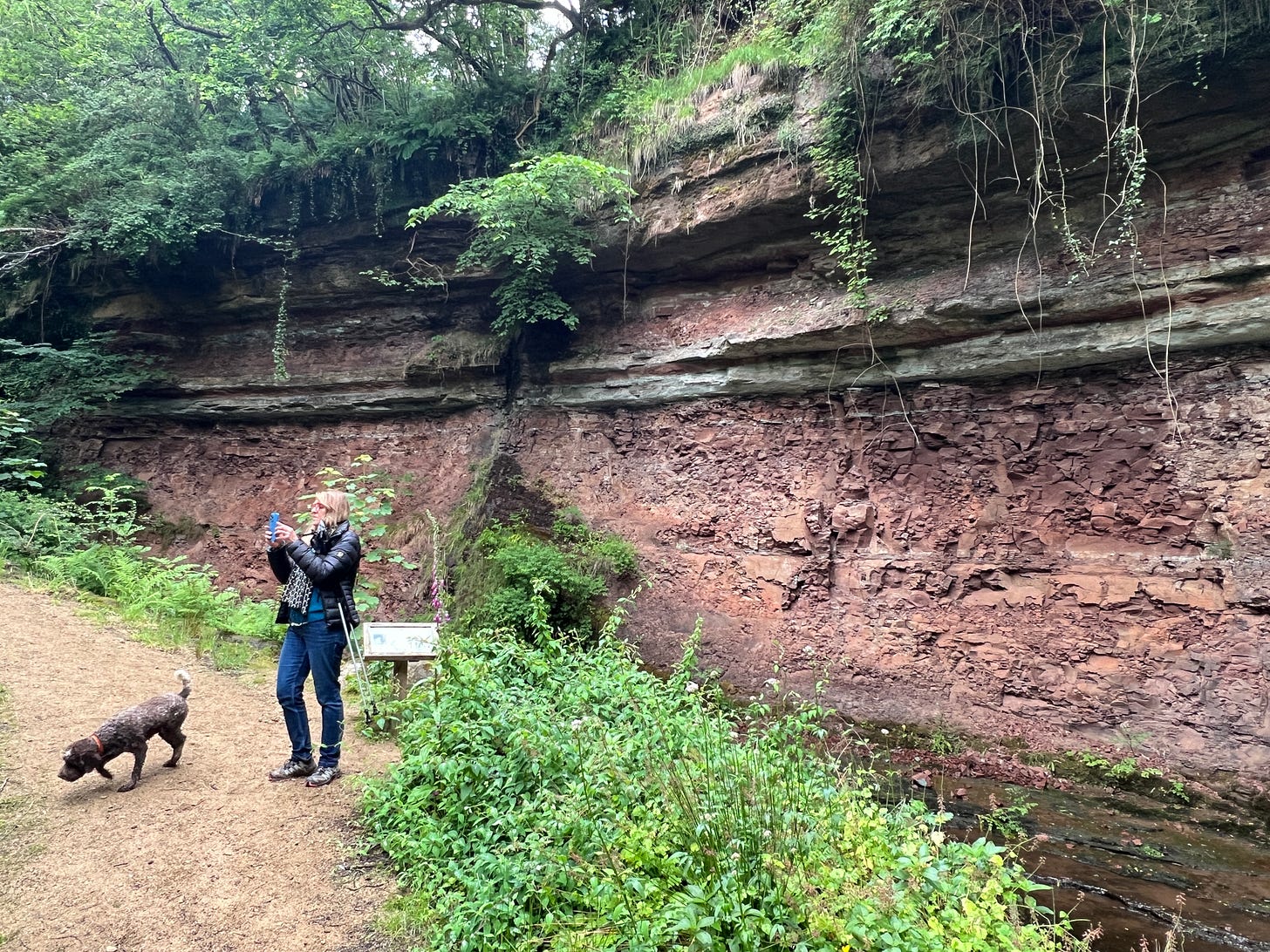
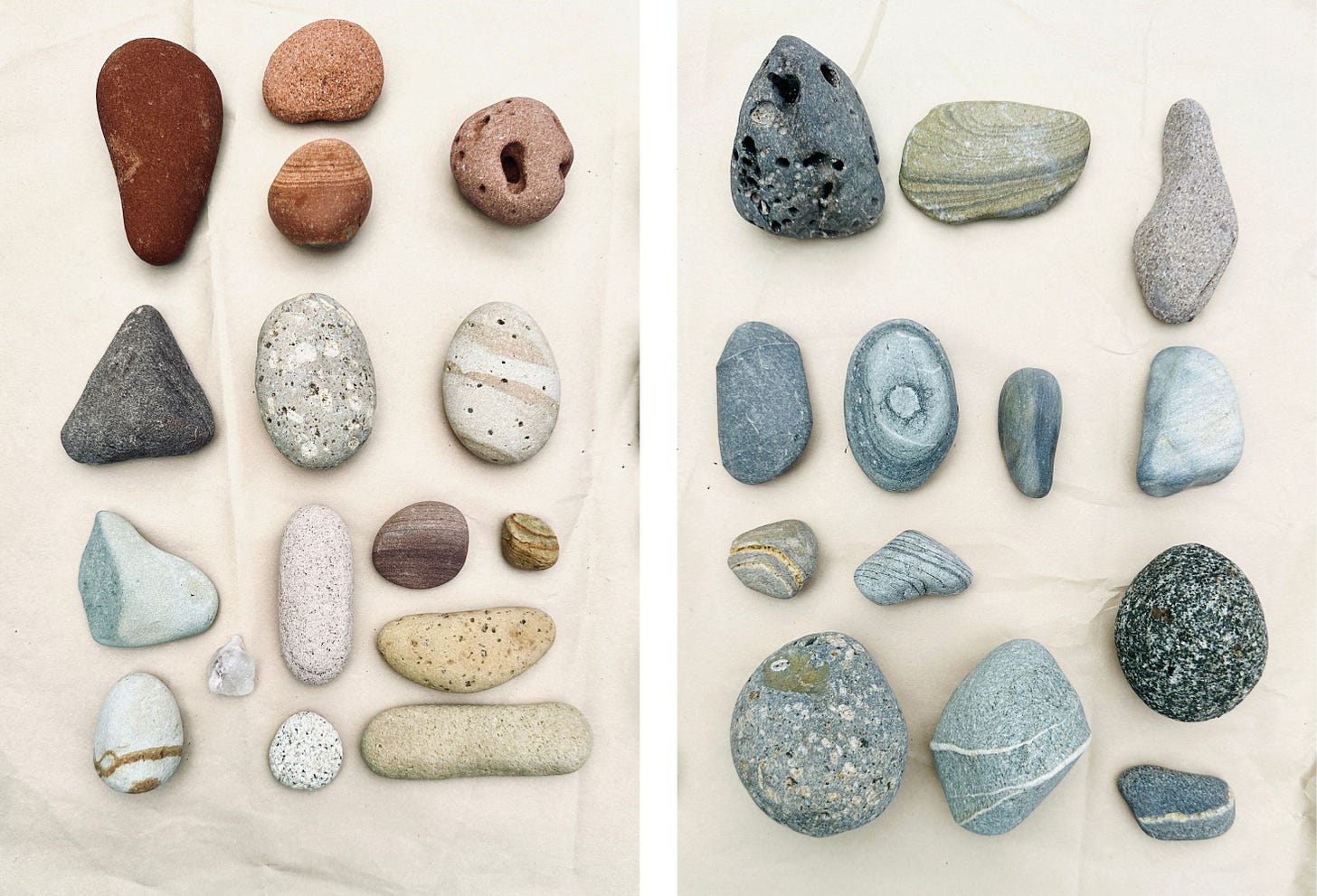
Amazing! I've spent so much time on Arran - my Dad came from there. Wonderful to see how you've been inspired by what you've found. I've also just found a MCLEOD in my family tree, but that's another story... :D